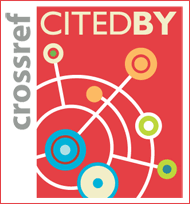ISSN : 1598-1142(Print)
ISSN : 2383-9066(Online)
ISSN : 2383-9066(Online)
Journal of architectural history Vol.34 No.4 pp.17-28
DOI : https://doi.org/10.7738/JAH.2025.34.4.017
DOI : https://doi.org/10.7738/JAH.2025.34.4.017
The Writing Context and Architectural Descriptive Tendencies of the Commemorative Texts in Mogeunjib
Abstract
This study examines the significance of commemorative texts(gimun) in architectural history not only as records of facts but also as expressions of subjectivity. It further situates them within the cultural contexts of architectural understanding and appreciation, and, as a preliminary attempt, investigates the writing contexts and architectural descriptive tendencies of the commemorative texts included in Lee Saek’s Mogeunjib. For this purpose, it explores the essence and development of commemorative texts as a literary style based on factuality with added argumentation, and provides an overview of Lee Saek’s life and Mogeunjib in order to prepare the background for the analysis of the commemorative texts. An examination of the seventy-four commemorative texts contained in Lee Saek’s Mogeunjib reveals the dynamics of commemorative texts based on requests and the conditions of writing, in which he obtained materials from a distance without visiting the sites. Even in commemorative texts dealing with architecture, Lee Saek did not consistently include architectural content, sometimes omitting it considerably and at other times writing in exceptional detail. This variation is understood as depending on the purposes of the requests. Architectural descriptions were not taken as an essential premise, but were utilized as much as necessary according to the purposes of the request.











